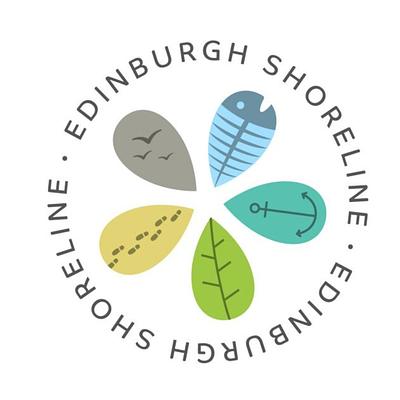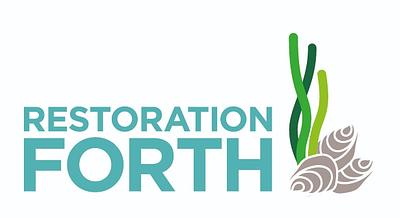The Firth of Forth is teeming with life. From tiny microscopic bacteria to majestic whales, life thrives on our coast and beneath the waves. The 100 species exhibition celebrates the vast biodiversity of the Firth of Forth.
Restoration Forth is a major marine restoration programme working with communities to restore seagrass habitats and native oyster populations in the Firth of Forth. The goal is to start restoring biodiversity, and forge new connections between local communities and the sea. The 100 Species project and exhibition aims to show that Restoration Forth is not just putting back two key species in a vacuum. It’s about creating and maintaining a better habitat for the hundreds of important, diverse species that live in the Forth and making people aware of the incredible creatures our coast supports. 100 of these species, were selected by local people who learned about them and went on to create beautiful, impactful interpretations of those animals which we are delighted to exhibit in our boat office space over the winter.
This exhibition was curated and presented by Edinburgh Shoreline.



_(1).png)